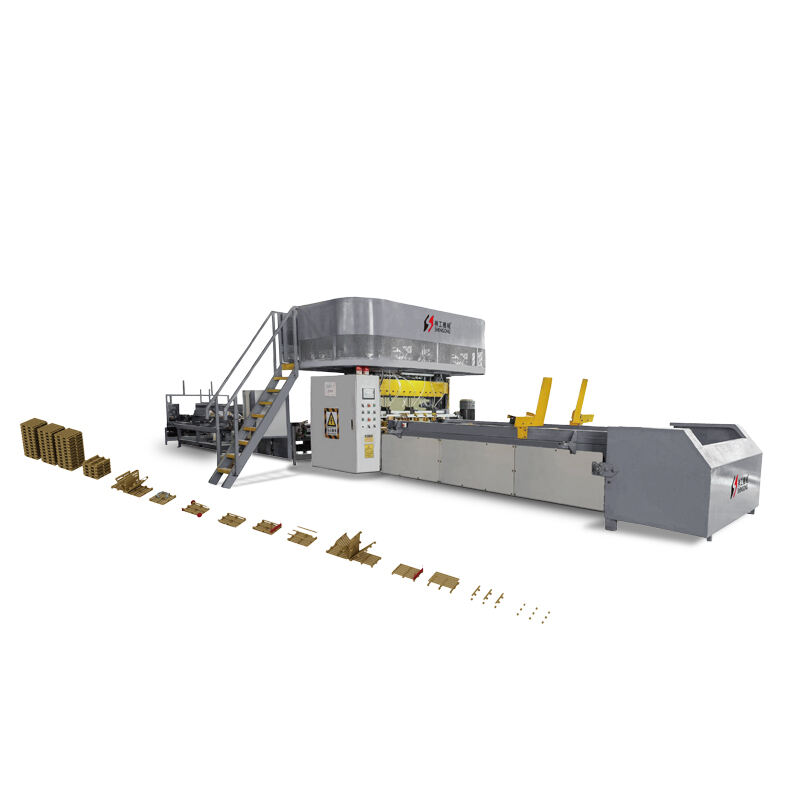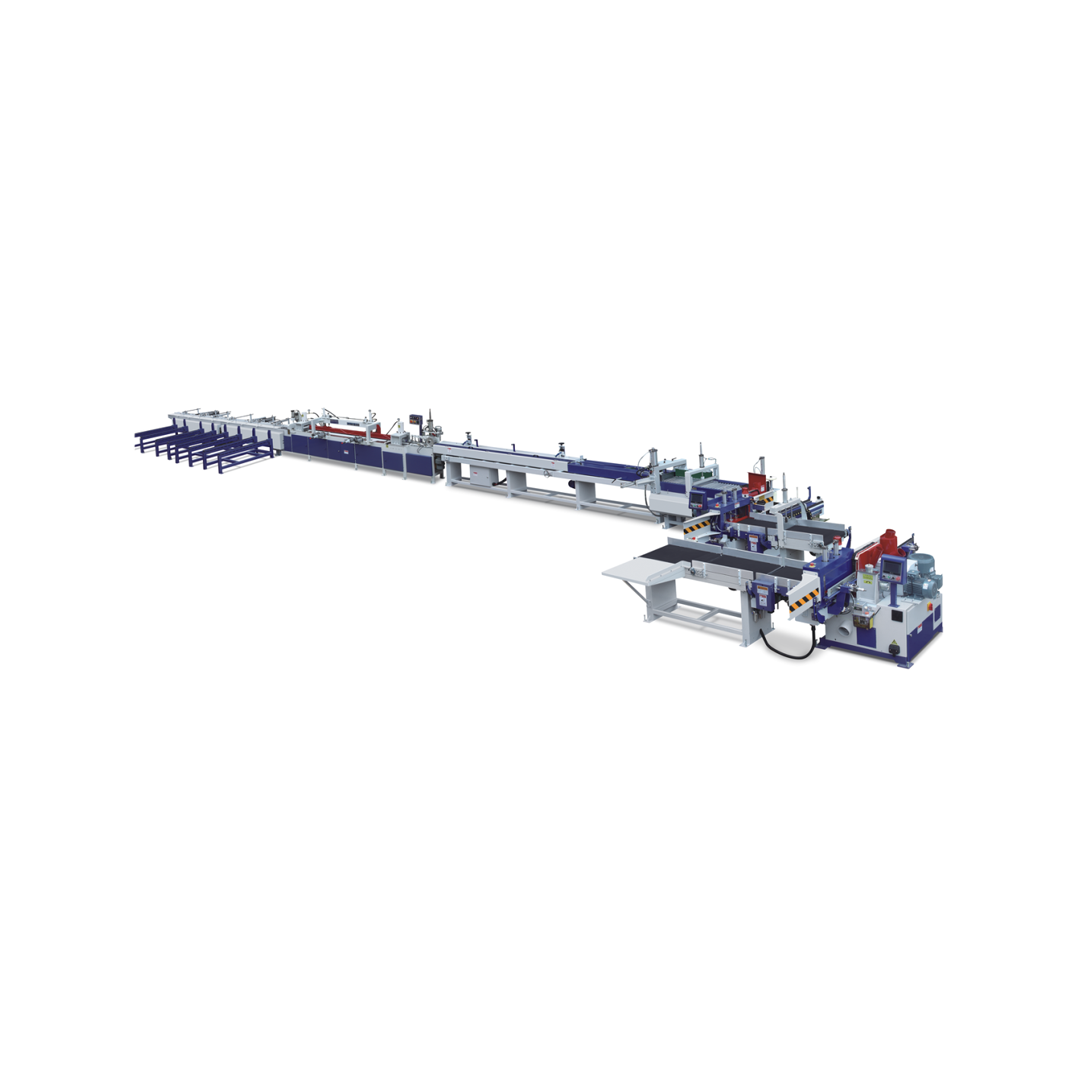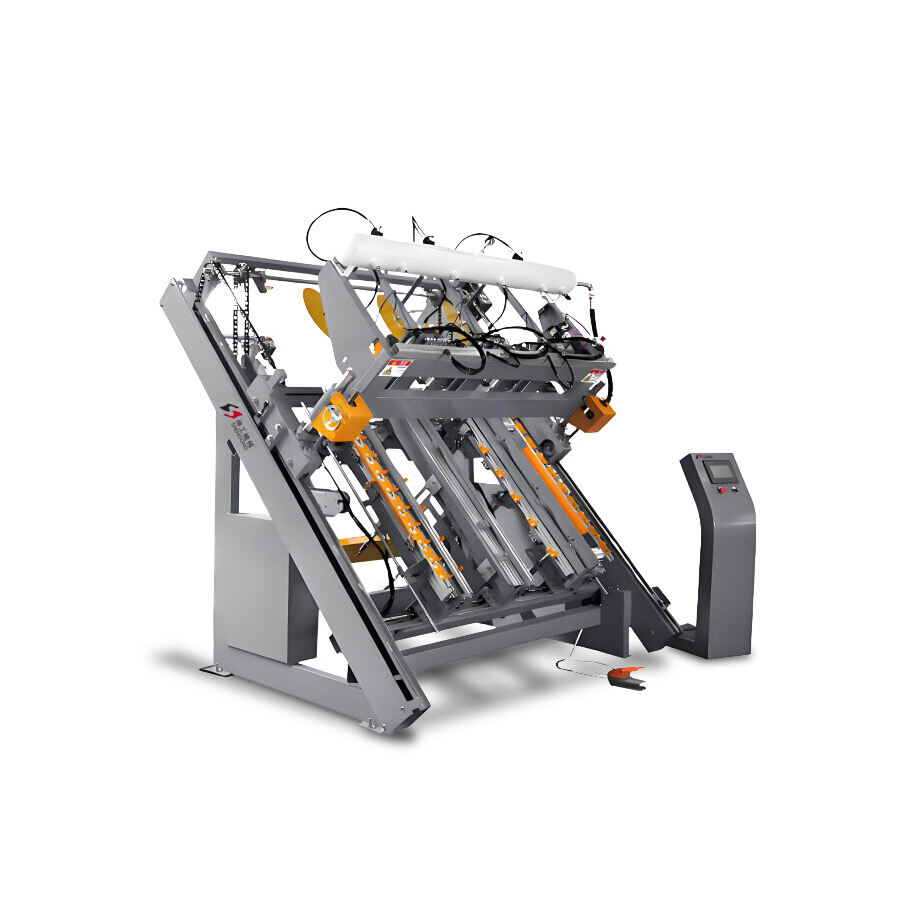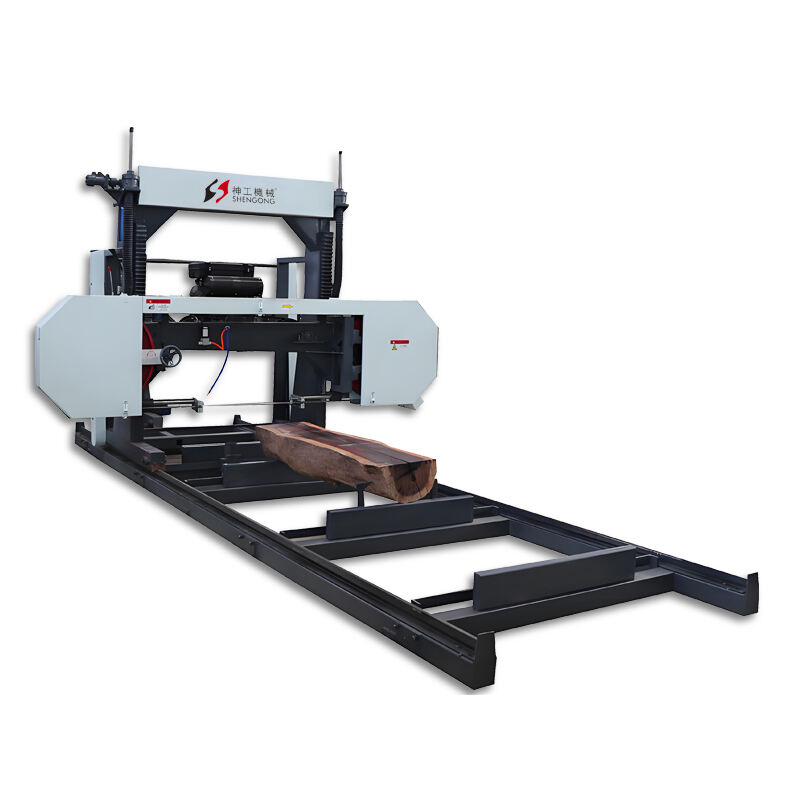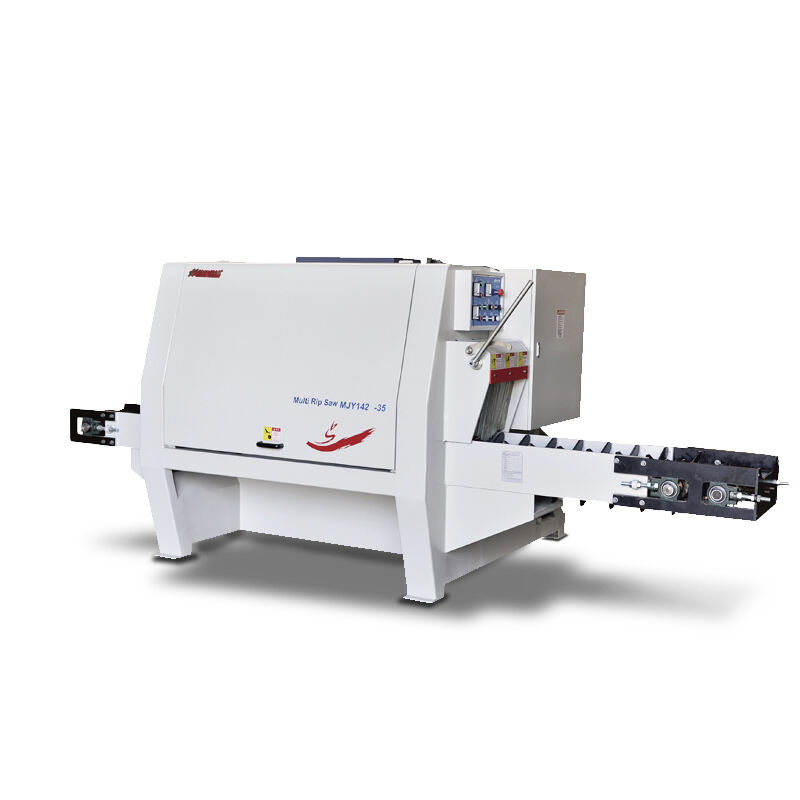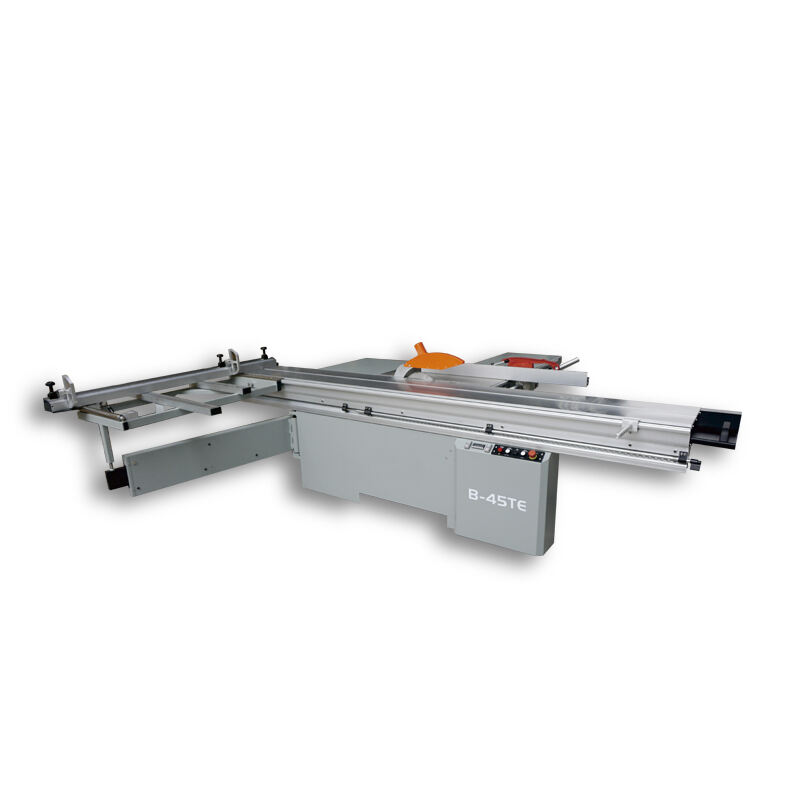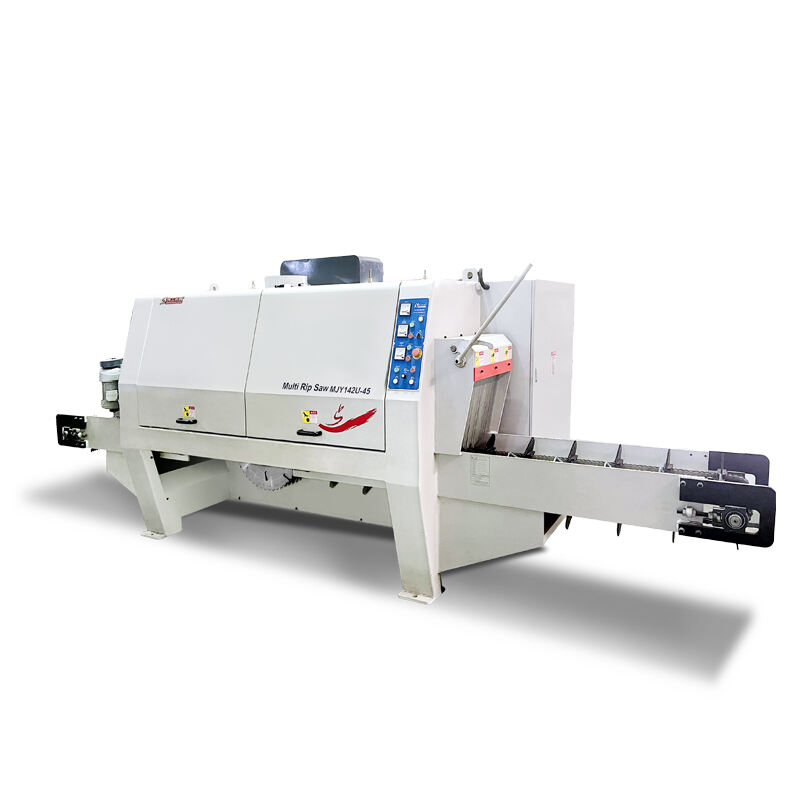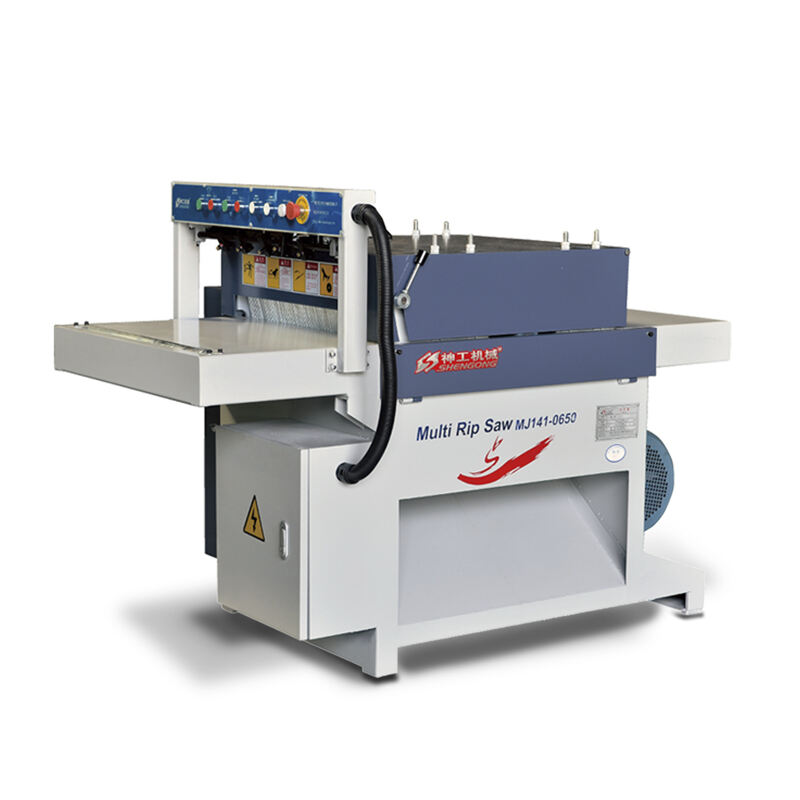Why budget-conscious pallet manufacturers need to choose equipment wisely
For small workshops or start-up enterprises in the pallet manufacturing industry, finding a machine that can balance cost and performance has always been a major challenge. Many enterprises need to minimize upfront investment while ensuring product quality. An affordable pallet nailing machine has become the key to changing the situation. It can provide precise nailing functions at only a fraction of the cost of industrial-grade equipment. These machines solve common problems such as irregular nail positions and material waste, which have a particularly large impact on enterprises with thin profit margins. Imagine a small start-up pallet manufacturing company with limited funds. An affordable and good-performing nailing machine can help them produce high-quality pallets while controlling costs.
Key features to prioritize in cost-effective pallet manufacturing machinery
When selecting affordable equipment, focus on three core performance indicators: the consistency of nail penetration, adjustable speed settings, and energy consumption. Compared with basic models, machines with a first-nailing accuracy rate of at least 90% can reduce material waste by 15%. Also, look for machines with a modular design so that they can be gradually upgraded as the production scale expands, avoiding the need to spend a large amount of money to replace the entire set of equipment in the future. A pneumatic system with an automatic nail jamming detection function is usually more economical than a pure mechanical system in the long run because it has less downtime. For example, a small factory has few orders at the beginning and buys a nailing machine with a modular design. When the number of orders increases later, it can gradually add modules for upgrading without having to buy new equipment.
Realizing the maximum return on investment from a pallet nailing machine investment
Formulating a preventive maintenance plan can extend the service life of the equipment. A simple weekly cleaning can avoid 80% of common mechanical failures. Matching with high-quality fasteners provided by local suppliers can avoid production delays caused by compatibility issues. Conducting a monthly production analysis to identify production bottlenecks, many enterprises have found that by optimizing the workflow instead of upgrading the equipment, they can increase production by 20% to 30%. You can also consider purchasing refurbished parts from the second-hand market to further control operating costs. Just like driving a car, regular maintenance can reduce failures, and reasonable route planning can improve efficiency. The same is true for pallet manufacturing.
Overcoming common budget production challenges
The choice of materials directly affects the wear and tear of the equipment. The machine required for processing hardwood needs to have a torque at least 30% higher than that for processing softwood. Monitoring the humidity of newly incoming wood can prevent nail jams and premature equipment wear. For enterprises that need to process different grades of wood, give priority to machines with an automatic pressure adjustment function. These technical requirements may increase the initial cost by 10% to 15%, but usually, the cost can be recovered within 6 to 8 months by reducing maintenance costs and improving production stability. For example, a factory that processes both hardwood and softwood can better adapt to different materials and reduce costs by using a machine with automatic pressure adjustment.
Planning for the future of pallet manufacturing
Adopt a scalable production layout so that more machines can be easily added as the order volume increases. Record equipment performance indicators to make upgrade decisions based on data, such as tracking the energy consumption per pallet and the usage rate of fasteners. Participate in joint procurement programs with other local manufacturers to purchase consumables in bulk and enjoy preferential prices. By implementing these strategies, small pallet producers can effectively compete with large enterprises while strictly controlling the budget. Imagine a small factory growing step by step and establishing a firm foothold in the market through reasonable layout planning, data analysis, and joint procurement.

